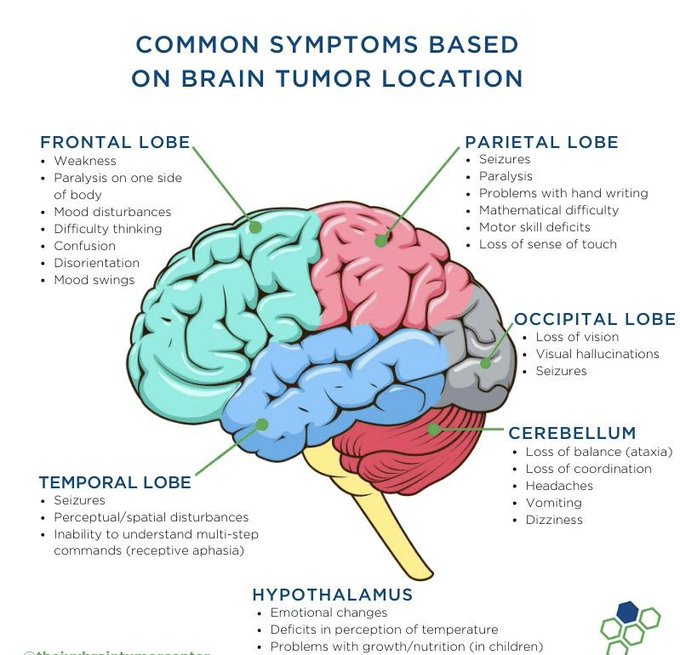Shahrin Ahmed, Medical Specialist at Canadian Cancer Society, shared a post on X:
“Brain Cancer Awareness Day –
The rates of brain tumor incidents in Canada are among the highest in the world.
Glioblastoma multiforme (GBM) was responsible for the death of 13,340 Canadians alone from 1992 to 2008
Canada’s seventh annual Brain Cancer Awareness Day is on Thursday, October 24, 2024! We aim to draw attention to the impact of this disease and share a message full of hope on this day.
The brain tissues affected by brain tumors are the basis of over 120 types of brain tumors. Even benign tumors (or noncancerous tumors) can pose a risk due to their size or location, and not all brain tumors are brain cancer.
About 30% of adults in the United States have brain and nervous system tumors. The presence of brain tumors can pose a risk to healthy brain areas by putting pressure on them or causing them to spread. Cancerous cells can develop or become present in certain brain tumors. Blocking the fluid flow around the brain can lead to problems, as it can increase pressure inside the skull. Tumors can spread through the spinal fluid to distant parts of the brain or spinal cord.
The growth of benign brain tumors usually occurs slowly, has distinct borders, and rarely spreads.
The presence of benign tumors can still pose a risk. Severe dysfunction can result from the damage and compression of parts of the brain.
A benign brain tumor located in a critical area of the brain can cause life-threatening consequences.
Malignant growth of a benign tumor is a very rare occurrence.
Meningioma, vestibular schwannoma, and pituitary adenoma are all tumors that are usually benign.
The presence of malignant brain tumors is a sign of cancer. The typical growth rate of them is fast and they invade the surrounding healthy brain structures.
The vital structures of the brain can be affected by brain cancer, which can be life-threatening. Malignant tumors that originate in are a few examples.
Opthalmic neuroblastoma, chondrosarcoma, and medulloblastoma are all cancers that appear near the brain.
About 5,000 children in the North America experience brain tumors each year, making them the most common solid tumors in children and adolescents. Astrocytomas, gliomas, ependymomas, and medulloblastomas are among the numerous types of brain tumors that can happen in children, including glioblastoma multiforme.
Approximately 50% of patients survive longer than a year and only 5% survive longer than five years due to glioblastoma, with an average survival time of 12-18 months.
The growth of Grade 1 and 2 brain tumors is slow and non-cancerous. Malignant tumors classified as Grade 3 and 4 brain tumors progress more rapidly and are more challenging to treat.
In the absence of other causes of death, net survival represents the likelihood of surviving cancer. It is used to determine the percentage of individuals who will make it through their cancer.
All brain and central nervous system tumors in Canada have a 5-year survival rate of 22%. The chances of surviving for at least 5 years are approximately 22% for those diagnosed with brain and central nervous system tumors.
Surgery, radiation therapy, chemotherapy, or a combination of these treatments is a treatment option for brain cancer. Immunotherapy, which increases the immune system’s ability to fight the cancer, or targeted therapies, which target molecules specific to different cancer cells, are both options for treatment.”

